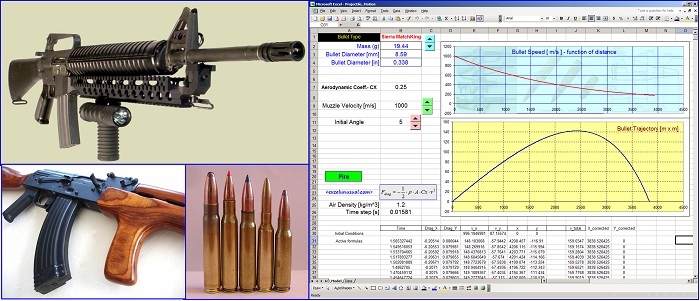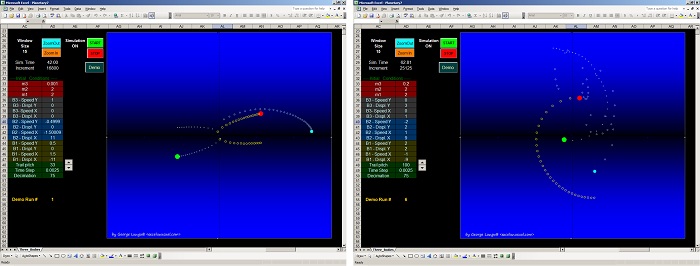This part of the tutorial will show you how to create the simplest possible projectile motion model using standard kinematic formulas from the first year of high school. The variable parameters of the model will be: initial height, initial speed and initial angle and time step. “g” – the gravitational constant will be set at 9.81 m/s^2. This model is a… Read More... "2D Projectile Motion Tutorial #1"





